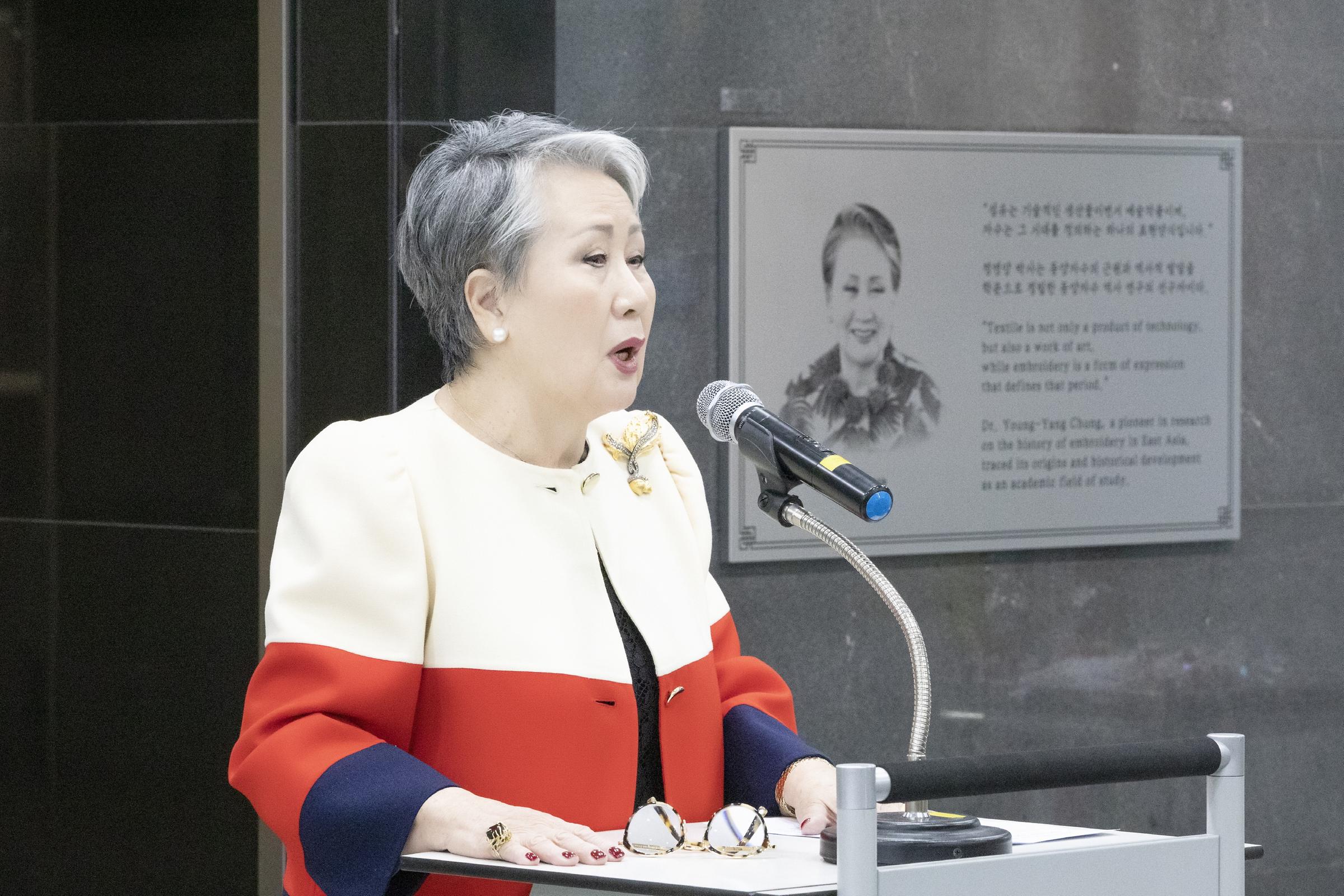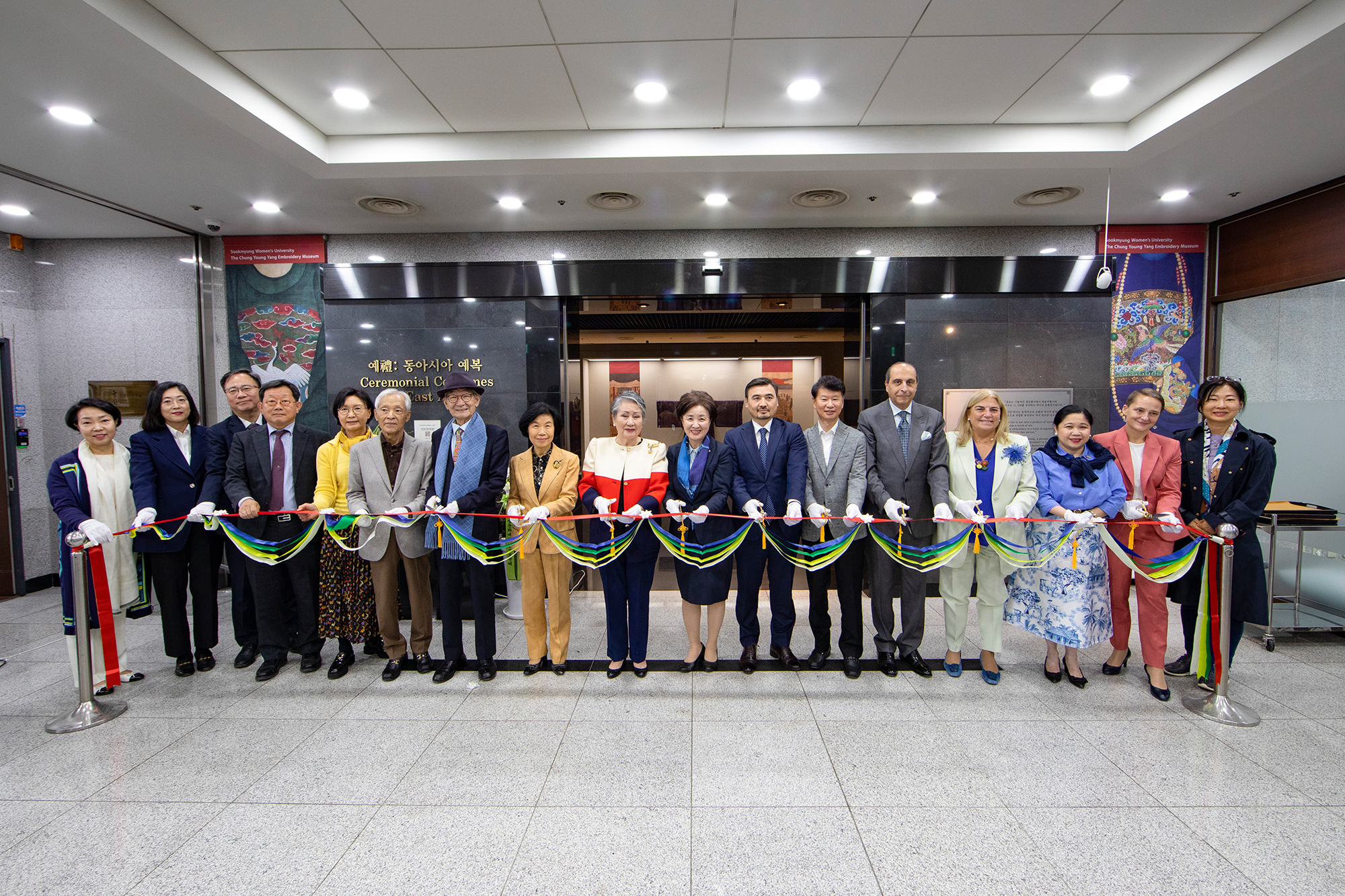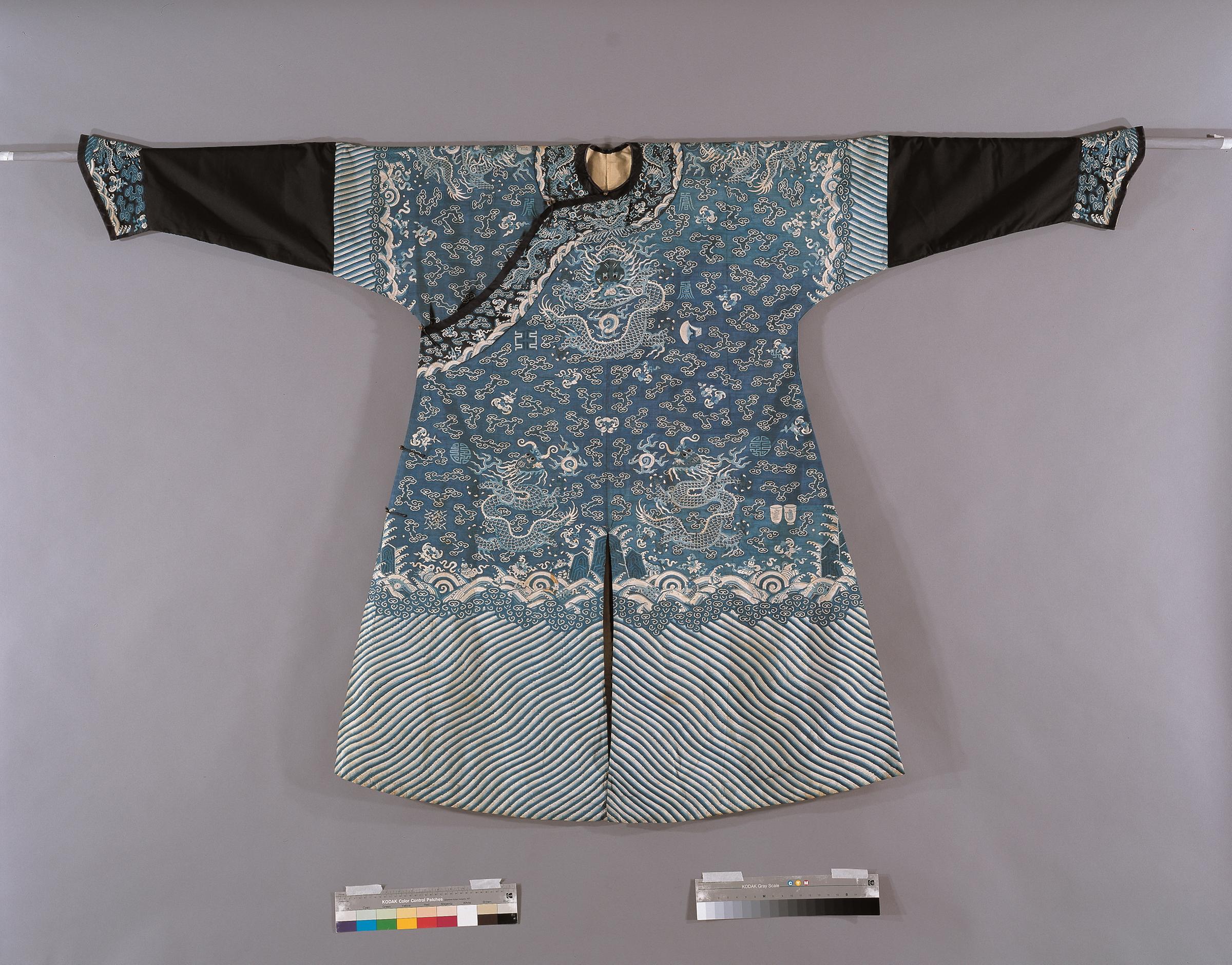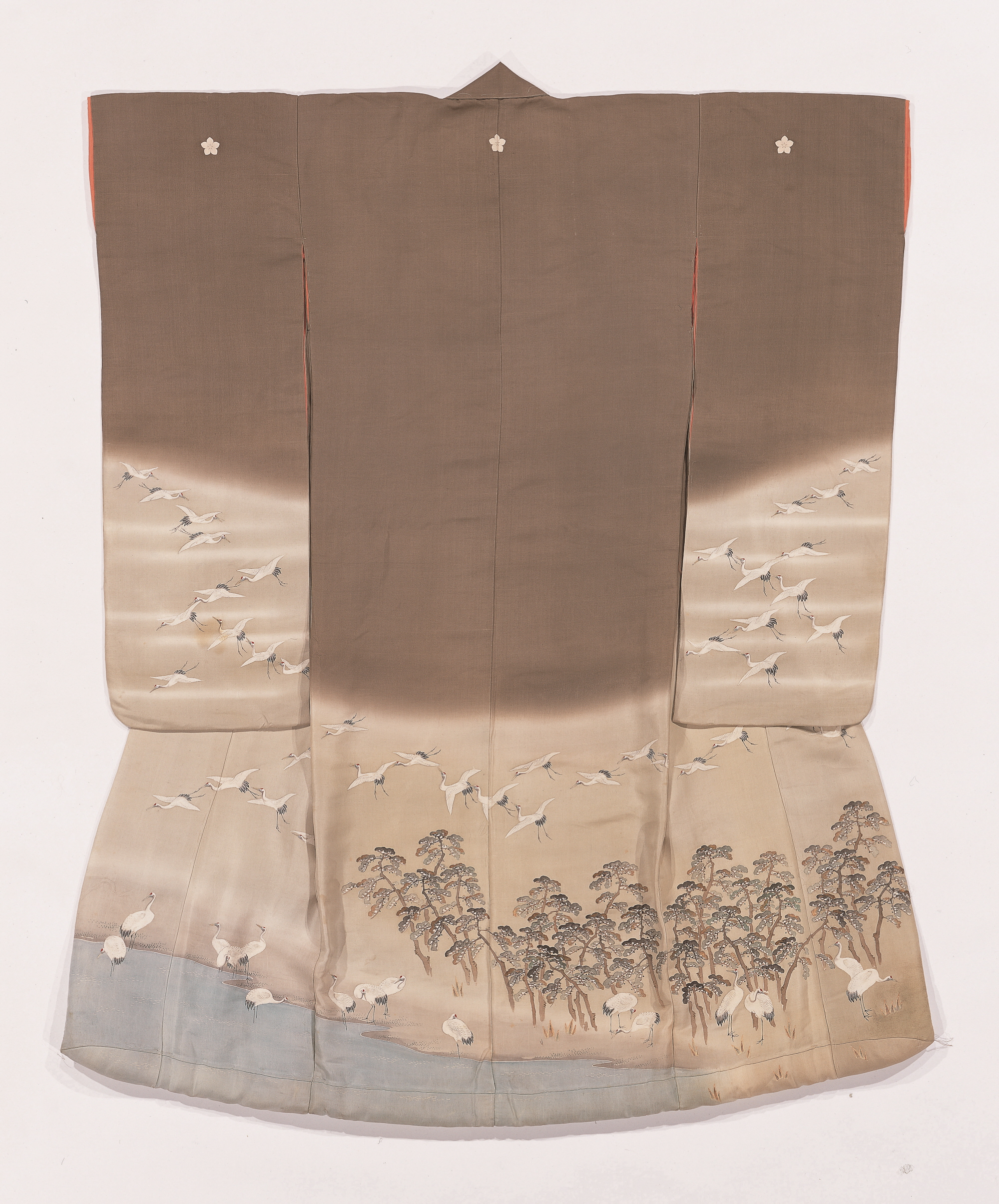The Chung Young Yang Embroidery Museum Holds a Special Exhibition to Mark Its 20th Anniversary
- Views 1065
- Writer 커뮤니케이션팀
- 보도일자 2023-10-17

In commemoration of its 20th anniversary, the Chung Young Yang Embroidery Museum hosts a special exhibition under the title of “Ceremonial Costumes of East Asia” until the end of 2023.
The goal of this exhibition is to take a cultural view on the similarities and the chronological change of East Asian culture by looking into the ceremonial clothes of Korea, China, and Japan.
The 20th anniversary special exhibition displays various ceremonial apparel of the three East Asian countries, including traditional marriage suits, funeral clothing, and uniforms. Visitors can enjoy a first-hand experience of looking into how ceremonial clothes have changed according to the changes in social class systems, the abolition of castes, and the change in values.
Director Chung Young Yang stated, “Ceremonial clothes have the instrumental expression and functionality of encapsulating and delivering the religious spirit and culture.” She added, “Different people in different regions developed various systems and formalities. It will serve as a great opportunity for the visitors to compare them visually and aesthetically.”

The museum held the special exhibition’s opening ceremony on Mon, Oct. 16, the first day of the event. The ceremony was attended by officials in the culture sector, including Kim Yeong-su, the Director of the National Hangeul Museum, Kim Jong-dae, the Director of the National Folklore Museum, Kim Su-jeong, the Director of the Seoul Museum of Craft Art, and Jo Hyo-sook, the Director of Kyungwoon Museum, and ambassadors of participating countries, including Maria Castillo Fernandez, the Ambassador of EU, and Antoine Azzam, the Ambassador of Lebanon.
The Chung Young Yang Embroidery Museum opened in 2004 as a center of embroidery art when Director Chung Young Yang, a world-famous embroidery expert, donated all of her life’s collection to Sookmyung Women's University. Since its opening, the museum has established itself as the center of embroidery culture and history through various special exhibitions and educational programs. In 2017, the museum also participated in the “We Wear Culture” program hosted by Google Art and Culture, Google’s online art exhibition platform, alongside around 180 cultural organizations from 42 countries.

The founder of the museum, Chung Young-yang, is an embroidery expert who became the first to academically systemize embroidery and spread the artistic value of Korean embroidery. Gaining worldwide recognition since the 1960s, Director Chung established an embroidery education organization in Korea to foster aspiring talents.
In the 1970s, she went to the United States to continue her studies in artistic work, completing her master’s and doctorate courses at New York University’s School of Art Education. Director Chung’s pioneering efforts led East Asian embroidery to gain enormous interest in the West.
She is acclaimed as the artisan and artist of this age, exploring the directions of fiber art even to this day by enabling embroidery, the ornament of life and daily living, to transcend into an artistic masterpiece.
■ About Chung Young-yang
- Education
• 2000 - Sookmyung Women's University’s Honorary Ph.D. in Philosophy (Feb. 25, 2000)
• 1976 - Ph.D. in Art Education at New York University
• 1974 - M.A. in Art Education at New York University
- Works
• Silken Threads, New York: ABRAHAMS, 2005
• The Art of Oriental Embroidery: History, Aesthetics, and Techniques, New York: Charles Scribner’s Sons, 1979
 Korea - Joseon “Jaebok (Clerical Clothing)” (National Folklore Cultural Heritage) Jaebok is the government official’s clerical apparel used for ancestral rituals in areas such as shrines and altars. As ancestral rites were religious and political ceremonies in the Joseon era, jaebok was defined as the most important ceremonial apparel.
Korea - Joseon “Jaebok (Clerical Clothing)” (National Folklore Cultural Heritage) Jaebok is the government official’s clerical apparel used for ancestral rituals in areas such as shrines and altars. As ancestral rites were religious and political ceremonies in the Joseon era, jaebok was defined as the most important ceremonial apparel.
 China - “Long Pao” in the Qing era Emperors wore this blue dragon robe when holding rituals for rain. When holding rituals for the heavens, the colors of emperors' clothes changed according to the target of the ritual based on the five elements.
China - “Long Pao” in the Qing era Emperors wore this blue dragon robe when holding rituals for rain. When holding rituals for the heavens, the colors of emperors' clothes changed according to the target of the ritual based on the five elements.

Japan - “Pine Tree, Crane, and Fuji Mountain Uchikake” in the Edo era In East Asia, patterns that wished for the well-being of the couple were drawn on wedding dresses. This ceremonial dress is embroidered with cranes and pine trees, the symbols of long life.

